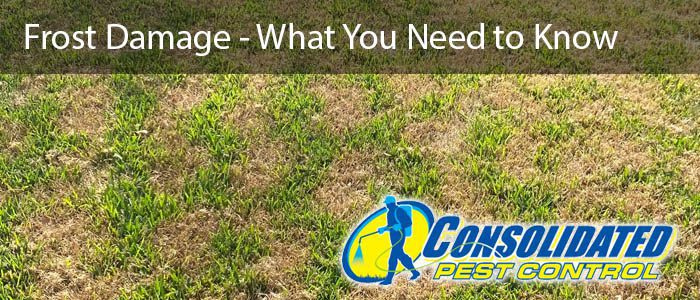Your daughter wakes up with red, itchy bites all over her body and your dog begins to scratch more than usual. You wait a few weeks for the situation to improve, but then you discover tiny black specks on your bed sheets and have your worst fears confirmed: Your home has fleas!
It’s easy for a tiny scratch to turn into a big problem — fleas can lay up to 3,000 eggs per week!
If you have a flea infestation, you may have difficulty treating it. You will need to not only kill existing adult fleas, but also get rid of all those eggs they laid during their stay. While you can take steps to control the problem yourself, you may find your problem requires professional help.
How to tell if you have a flea infestation
If you have a flea infestation in your home, you will begin to notice a few things out of the ordinary. If you have pets, you will notice them begin to scratch more frequently. They may even have visible sores on their skin where the fleas have bitten them or where they have scratched so vigorously they damaged the skin.
Fleas feed on blood and they need a host to feed on. If you have a pet in the home, the fleas usually choose the pet. If you do not have a pet in the home, the fleas will begin attack you or other members of your household. You will begin to notice painful bites, and you may even see fleas hopping around on your clothing or bedding.
Another sign of a flea infestation is fecal matter from fleas, also known as flea leavings, which look like tiny black specks.
What to do if you have a flea infestation in your home
1.) Identify the source.
Often pet owners will assume if they have a flea problem in the home, it must come from the pet. But not all flea indoor flea infestations are caused by a household pet. Another animal can bring in the fleas, while your poor pet is just the helpless victim. Sometimes rodents, such as mice, rats, or opossums, can get into the home, either through attics, basements, crawl spaces, or even just cracks in the building’s foundation. These animals carry fleas, and if they die or leave the home, they leave their fleas behind to find a new host.
So before you jump to conclusions and blame Fido, be certain to identify the correct source. If you treat the wrong source, you will continue to have the problem.
2.) Clean the affected area.
Once you recognize you have a flea problem, set to work immediately cleaning any affected areas. This includes washing all bed sheets and blankets in hot water, washing your dog’s bedding, and vacuuming your carpet and furniture thoroughly. You’ll want to keep up a regular cleaning route in the future to help protect against additional outbreaks.
3.) Treat your pet for fleas.
Regardless of whether or not your pet presents symptoms of having fleas, you will want to treat your pet using an oral or topical flea and tick prevention product. These treatments work to repel fleas from establishing residence on your pet, as well as to kill fleas that are already there.
Some pet owners avoid administering flea interventions to their pet for fear of the chemicals in some products. If you’re concerned about exposing your dog to harmful chemicals, consider using a natural flea defense product instead. These do not present the same health concerns for your pet as other products might, and can save your pet the pain of getting fleas. They also help you prevent future outbreaks.
4.) Call a professional
If extensive cleaning and treatments for your pet do not reduce or eradicate your flea problem, then it’s time to enlist the help of a professional. Professional flea exterminators can treat your house, yard, and everywhere in between in only a few hours.
Make sure your exterminator understands the life cycle of fleas and takes some time to inspect your home to determine the type of flea present.
Treatments differ and can kill adult fleas or developing fleas, so your exterminator will want to perform a thorough inspection to better understand the appropriate treatment.
If you do elect to have a flea exterminator come to your home, you will want to take a few steps to prepare for the service and protect your home — and your pet — from the chemicals. These steps may include covering furniture or removing certain items from the home. In addition, you will need to remove your pet from the home for a few days.
If you think you may have a flea infestation in your home, don’t wait too long to seek professional help. Fleas multiply rapidly and become difficult to contain.
At Consolidated Pest Control, we offer a number of options to help you get your flea infestation under control, including a quarterly perimeter treatment which prevents fleas and other pests from entering your home.
Contact us today to see how we can help.








